STARSHADE
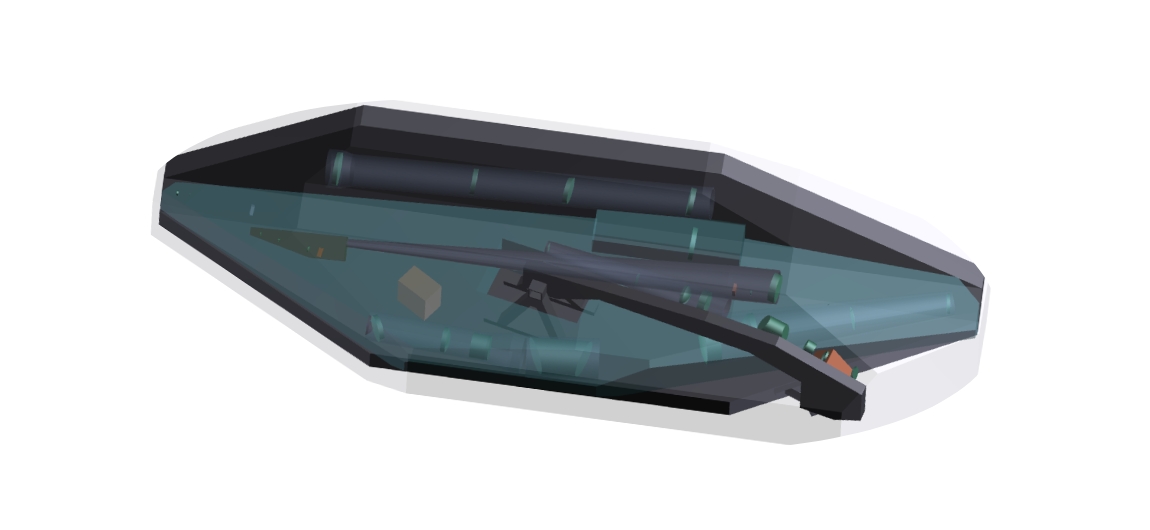
Starshade specifications
A starlight suppression level of 10⁻¹⁰ or better will be reached at any separation larger than the specified inner working angle (IWA). The quoted detector field-of-views are dual-sided.
The starshade is designed to provide a constant inner working angle (IWA) of 60 mas between 0.3 µm and 1 µm, matching the coronagraph detection IWA at 0.5 µm. As a result, every planet discovered and with orbits measured by the coronagraph will be spectrally characterized by the starshade between 0.3 µm and 1 µm, assuming starshade observations can be scheduled at a favorable orbital phase. For a few select planetary systems, multi-epoch spectra will be taken and further near UV (down to 0.2 µm) and near infrared (up to 1.8 µm) spectral characterizations will be performed by slewing the starshade to two different distances.
Fig 5: Example of expected distribution of HabEx discovered planets as a function of physical separation (at quadrature) and radius. Currently known planets are indicated in grey. New planets discovered by HabEx are indicated in blue or green. Green dots represent Earth-sized planets found in the habitable zone. All exo-Earth candidates and most of the other planets discovered will be characterized spectrally between 0.3 µm and 1 µm, with further extensions down to 0.2 µm and up to 1.8 µm for select planets. Credit: T. Meshkat: Caltech/IPAC.
HABEX INSTRUMENTS SUITE
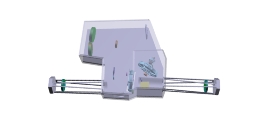
more information ›
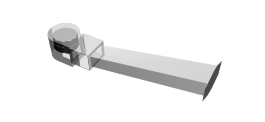
more information ›
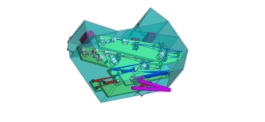
more information ›
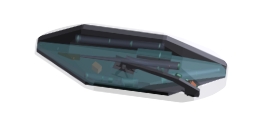
Who To Contact
Scott Gaudi: gaudi.1@osu.edu
Sara Seager: seager@mit.edu
Bertrand Mennesson: Bertrand.Mennesson@jpl.nasa.gov


